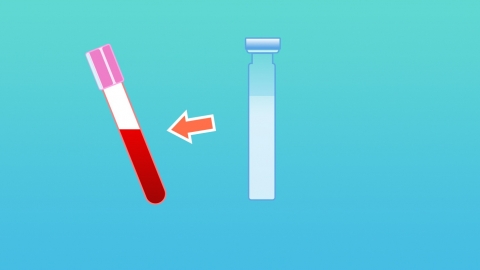How to turn from positive to negative for blood ketones
Transitioning from positive to negative blood ketones requires addressing the underlying cause, adequate fluid replacement, carbohydrate supplementation, correction of electrolyte imbalances, and improvement of metabolic status. Management should be standardized according to the specific etiology to avoid delays in treatment. If blood ketone levels continue to rise or are accompanied by symptoms such as nausea, vomiting, or altered consciousness, prompt medical attention is recommended.
1. Treat the underlying cause: For diabetic ketoacidosis, rapid insulin administration is needed to lower blood glucose; if caused by fasting or dieting, normal eating should be resumed promptly; for alcoholic ketosis, alcohol cessation and energy supplementation are required to eliminate the root cause of ketone production.
2. Ensure sufficient hydration: Oral or intravenous fluid administration increases blood volume, promotes renal excretion of ketones, alleviates dehydration, dilutes blood ketone concentration, and accelerates the process of becoming ketone-negative.

3. Provide carbohydrates: Carbohydrates are key to suppressing ketone production. Appropriate intake of staple foods such as rice and noodles provides energy for the body and reduces fat breakdown that leads to ketone formation.
4. Correct electrolyte imbalances: Positive blood ketones are often associated with imbalances in electrolytes such as potassium and sodium. Electrolytes should be replenished through diet or medication to maintain acid-base balance and support metabolic recovery.
5. Improve metabolic status: Ensure adequate rest and avoid fatigue that may worsen metabolic disturbances. For patients with concurrent infections, infection control is essential to reduce physiological stress and aid in the resolution of ketonemia.
During recovery, blood glucose and ketone levels should be monitored regularly. Diet should follow a stepwise, gradual approach, avoiding high-sugar and high-fat foods. Maintain a stable sleep schedule and engage in moderate physical activity to promote metabolism and reduce the risk of recurrent positive blood ketones.






